Selime Monastery one of the most unexpected surprises in Cappadocia is the wonderful rock-cut monastery in Selime, at the end of Ihlara valley, 28 km from Aksarai. Selime was home to Hittite, Assyrian, Persian, Roman, Byzantine, Danişment, Seljuk and Ottoman civilizations. One of the most important aspects of Selime fortress-monastery was that many leading clergymen were educated there. The military headquarters of the region was also located there. While the monastery is dated to 8th and 9th centuries, the frescoes in the structure date back to late 10th and early 11th centuries. The depictions include Ascension, Annunciation and Mother Mary.
Selime monastery is the biggest religious building in Cappadocia with a cathedral-size church. Inside the cathedral there are two rows of rock columns. These columns divide the cathedral into three sections. The size of the church is astonishing. The columns and arches of the church, cut directly from the tuff within the Selime monastery, still bear the tell-tale markings of various generations that once occupied it. Rudimentary icons from the early days can be seen more clearly, but detailed frescoes, painted later, are barely visible under the years of soot that covers the surfaces from when the Turks used the room for cooking.
The monastery also contains monks’ quarters, a large kitchen and even a stable for mules. The walls of the chambers were at one time adorned with frescoes but little of these remain. From the road there is a short but challenging climb up a steep and slippery hill to the monastery. On the way up to the monastery, first you go through a tunnel-like corridor, which was part of the caravan path on which camels walked.The camel caravans came to Selime for a stopover as there was a large bazaar there, and for protection, camels were led to the central part of the monastery.
The top section of the monastery has a fortress-like structure, the walls and trenches of which are still visible today. It also includes some secret passageways, a series of twisting, ever-steeper rock stairways/ladders. If you are adventurous enough, you can follow them, but the climb down can be a bit nerve-wracking but definitely worth the views. The monastery also has a courtyard. This was the section where important religious and military meetings were held.
Situated across the road from Selime monastery, surrounded by a cemetery, Selime Sultan Turbesi (the Monumental Tomb) is another stop for visitors. It is a rare example of its type in Anatolia, as it is conical with an octagonal base. From the architectural style and materials used it most probably dates from the 13th century A.D.


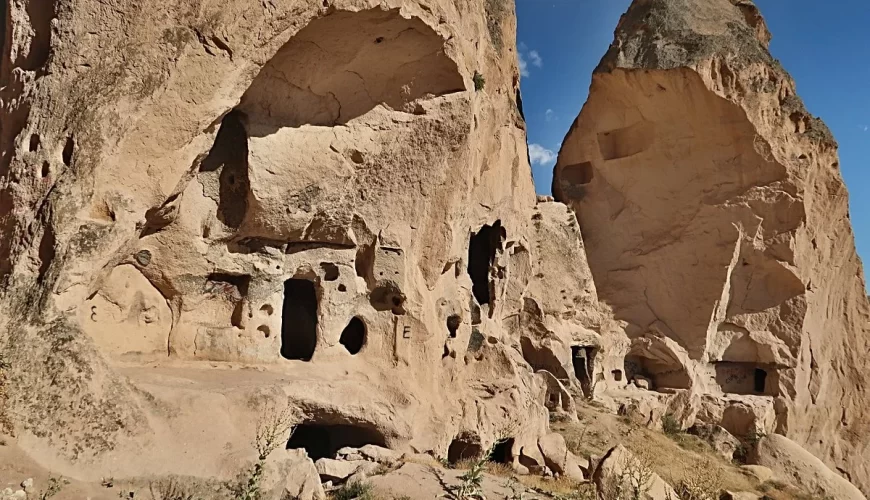
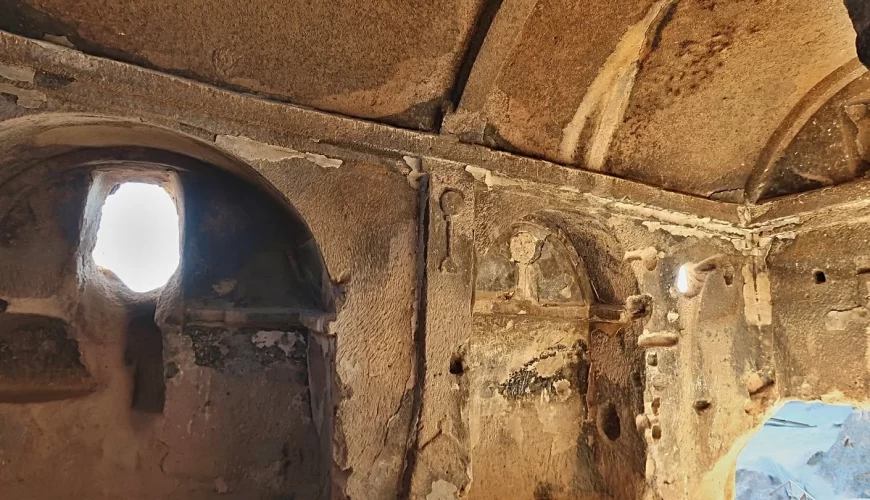


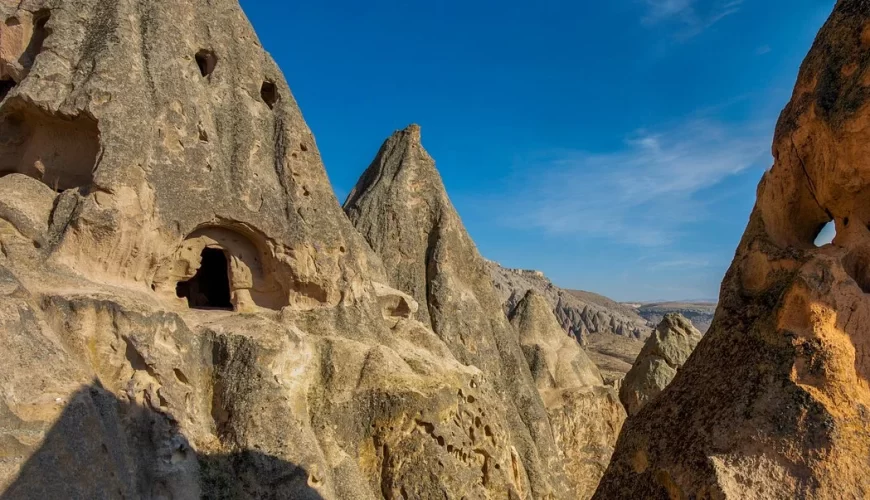
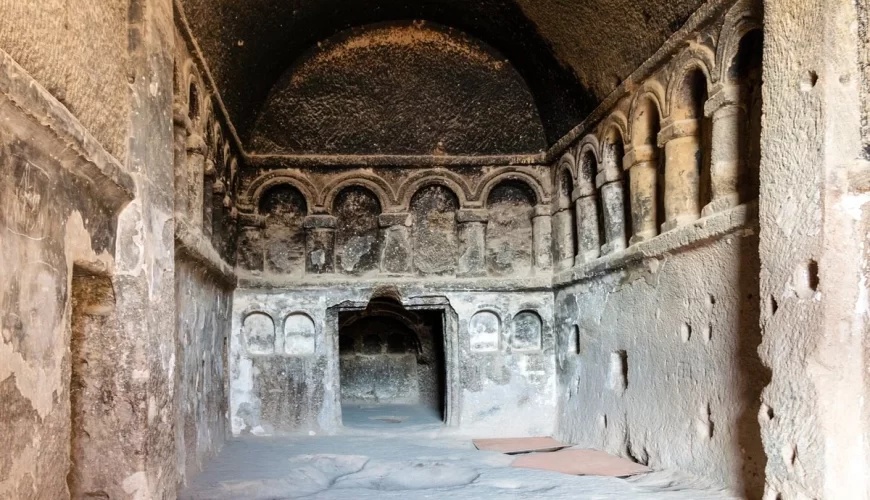
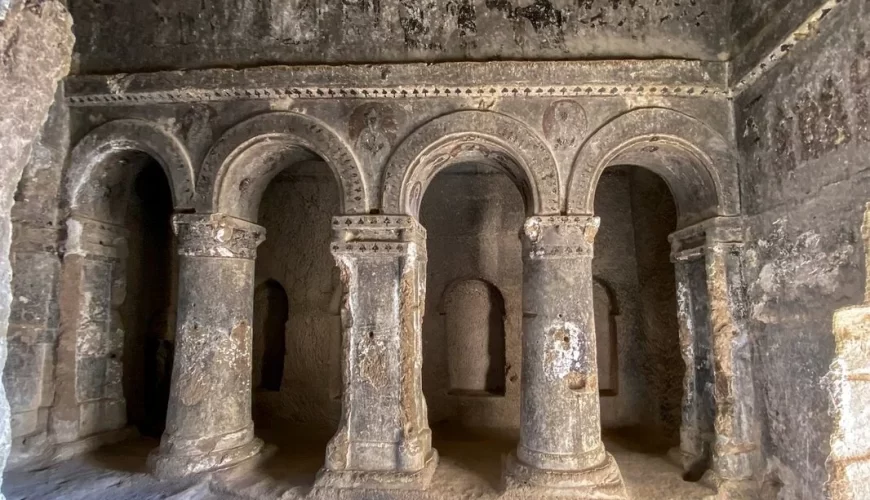
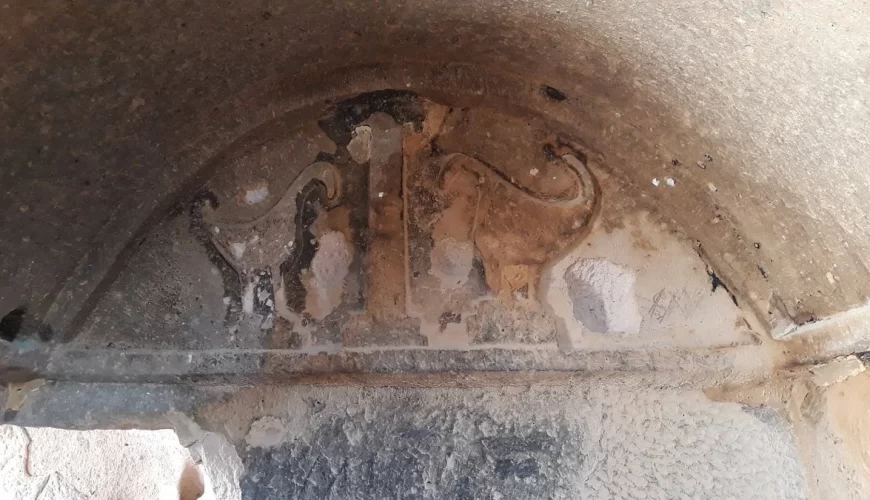
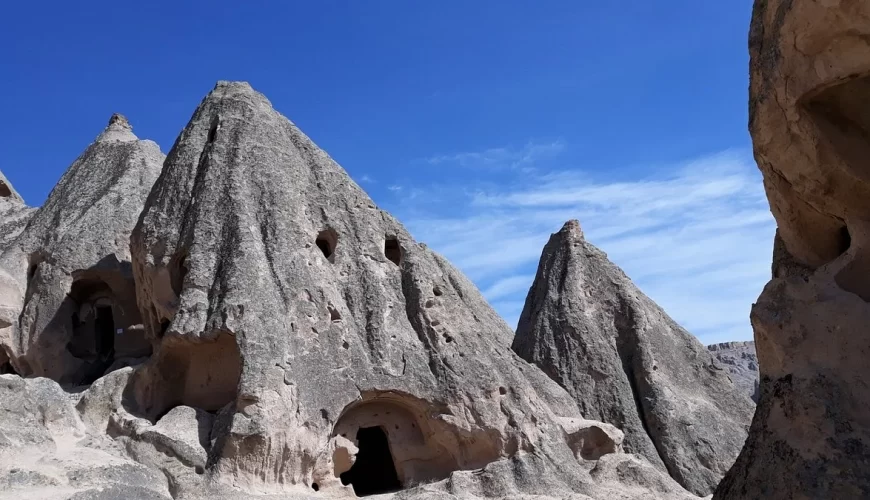
Comment (0)